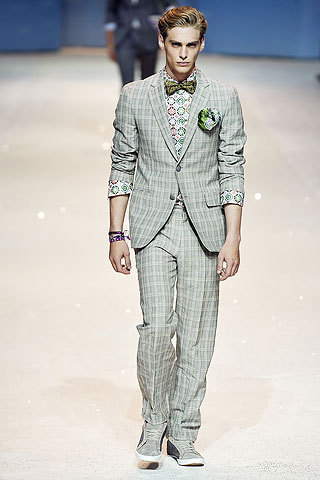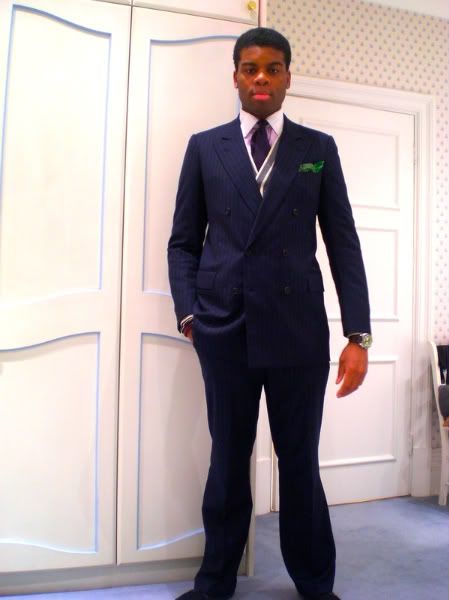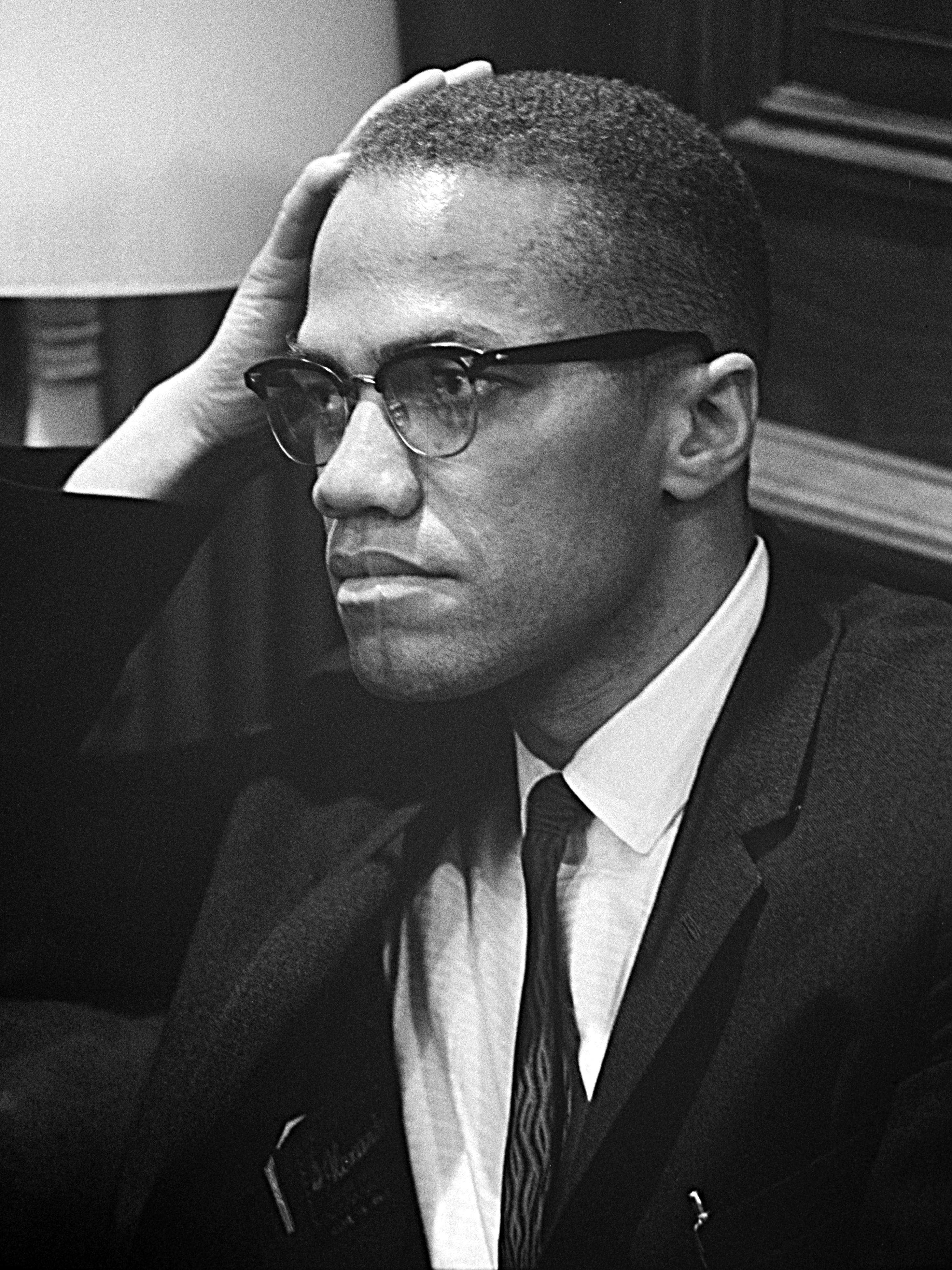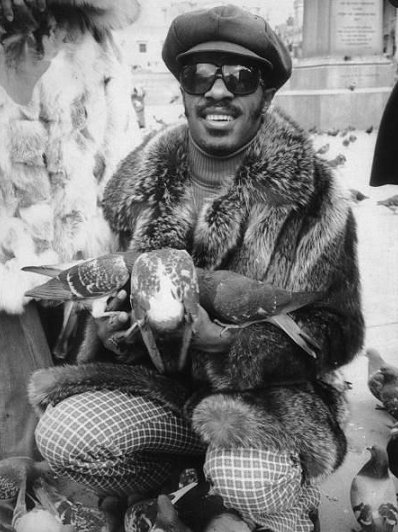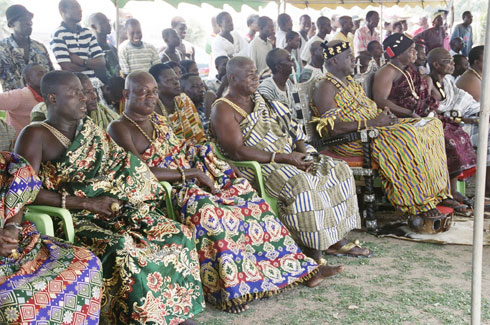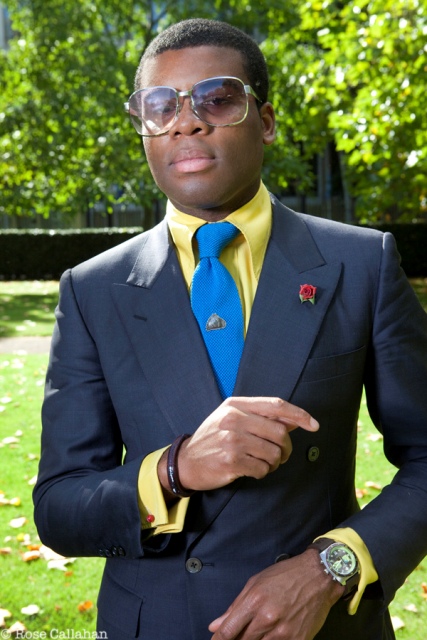The Fifth Earl of Lichfield, Thomas Patrick John Anson, via LIFE Magazine
Men who want to leave the suit behind when their day is done at the coalface are shortchanging themselves. Learning to adapt and procure suits for occasions and for pleasure is merely another aspect of the fun that comes with sharpening one's image. And that suits-with-trainers lark only ever worked for downtown New York New Wavers and David Tennant
There are other options, you know:
There are other options, you know:
YSL, circa 1969
Also from LIFE, The Beatles take Japan. And Lennon probably didn't need to ask anyone if it was acceptable to sport a muted pink suit
Etro, via the NY Times; the label has entirely defined itself through uncompromising flamboyance, sharp cuts and playful patterning
Etro for summer. There's only one element I'd not wear
The post-colonial African hipster look revived for the NY Times. Suits by Viktor & Rolf (l) and Dries Van Noten (r)
Let's face it; the mods, suedeheads and peacocks were deriving much enjoyment from their appropriation of traditional dress codes and the results thereof. It's all over Patrick Lichfield's face up above; he's bold, but not over the top, able to enjoy his appearance without being self conscious about it. Given what parades up and down today's metro paving, it's only out of the ordinary because sartorialism is the current incarnation of iconoclasm. Having said that, it still takes a brave or uncaring man to wear a hat crown as large as his face
Mick Jagger and Mary Whitehouse. Really
The 1971 wedding of Mick and Bianca Jagger. His suit was from Nutter's of Savile Row; at this time, the pattern was cut by master tailor Edward Sexton. His shirt was created by Deborah & Clare of Beauchamp Place. The photograph is, of course, by Patrick Lichfield, via The Independent
It's been well documented that I achieve a more informal look the same way other likeminds do; my shirt and tie combinations could only really be seen at parties or in a creative office. Anyone who really thinks bold ensembles are de rigueur in a conservative professional environment is an idiot or has befriended one too many wide boys. But going the other way and playing the colour field down doesn't harm a suit's out-of-the-office cachet:
Knit tie, green pocket square, striped cardigan; relaxed in more of a cosy sense than a creative one, but also perfectly felicitous for a dressy occasion
Rather than simply thinking "It's not for me" or "I'm not (delete as appropriate) cool/rich/famous/handsome/slender/crazy enough to pull this off," you simply have to remember that menswear is about the details. For every exuberant pattern, there must be a balancing act performed by the cut; it must, of course, fit exceptionally well. Don't compound the potential shock factor of a statement fabric with offbeat tailoring decisions (unless it's a shorts suit, which is a topic for a future time). Stick with two buttons in a single breasted or go double in a 6x4 configuration. Rather than standard padded shoulders, why not try roped shoulders and/or lightly padded natural shoulders. Retain a well shaped silhouette with subtle buttons. Let the fabric do the shouting
If anyone would like a place to start, I can think of nowhere better than Dashing Tweeds. Their Exploded Houndstooth design has previously appeared on this column. I do like this Foulkesian 3-piece tailored from one of their cloths by Savile Row's Davies & Son:
Via James Sherwood
A final thought: don't neglect the outerwear




